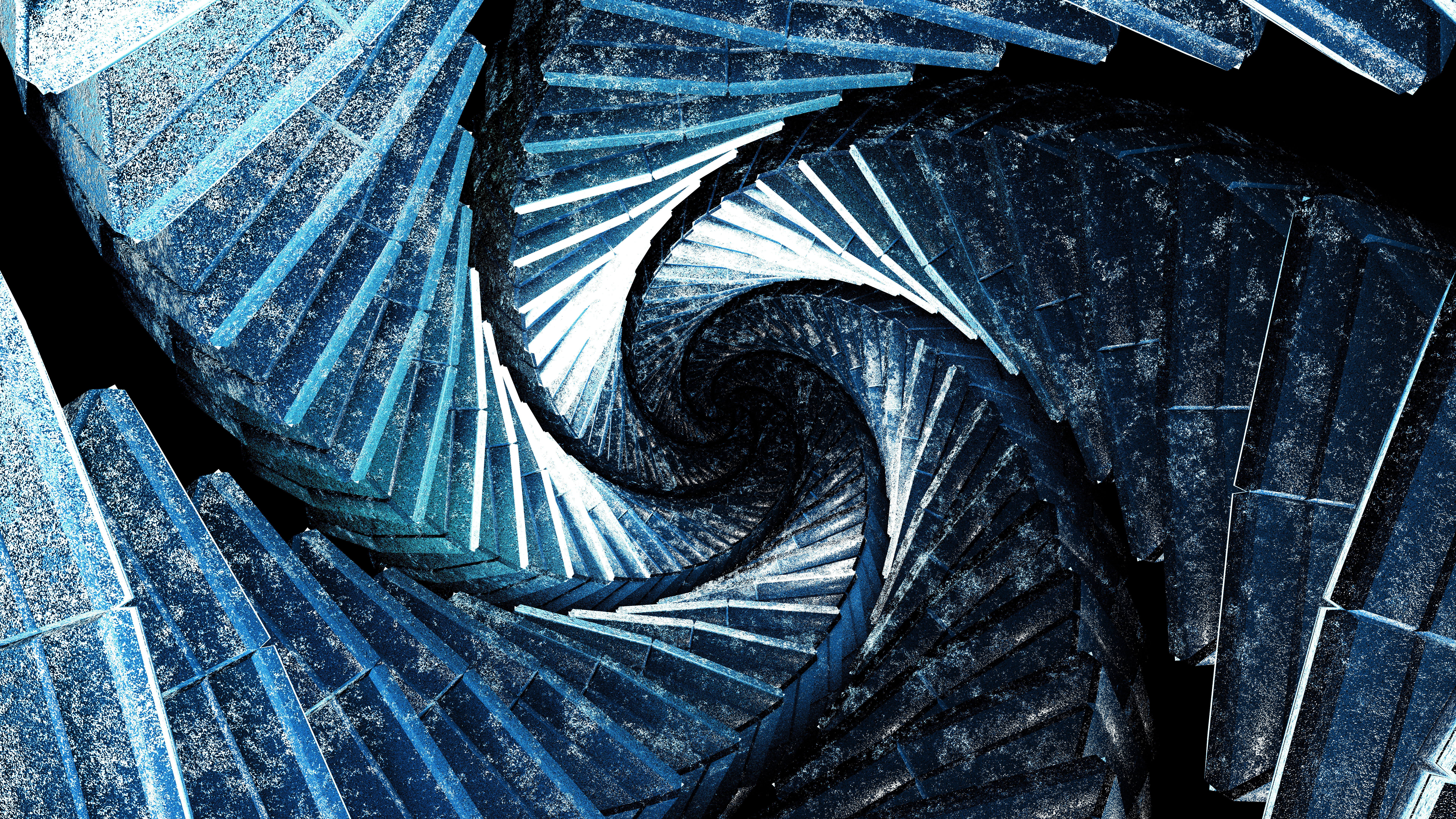LSD hallucinations are due to abnormal brain communication

- It remains unclear how exactly psychedelic drugs like LSD produce such powerful hallucinations, but research has consistently observed that the drug disrupts communication between brain regions like the prefrontal cortex, visual cortex, and the hippocampus.
- A recent study analyzed the neuronal activity of rats on LSD as they ran around a track, focusing specifically on how the drug alters activity within the hippocampus and visual cortex.
- The results suggest that LSD sparks abnormal communication between key regions of the brain, which may explain how the drug generates hallucinations.
In April 1943, the Swiss chemist Albert Hofmann was in his lab attempting to synthesize an analeptic drug from a type of a rye fungus called ergot. What he instead synthesized was one of the most powerful psychedelic drugs on the planet: lysergic acid diethylamide (LSD).
Hofmann would later report that, during the synthesis, he had likely absorbed a trace amount of LSD through his skin. The tiny amount produced outsized hallucinogenic effects.
“At home I lay down and sank into a not unpleasant intoxicated-like condition, characterized by an extremely stimulated imagination,” Hofmann wrote in his notes. “In a dreamlike state, with eyes closed (I found the daylight to be unpleasantly glaring), I perceived an uninterrupted stream of fantastic pictures, extraordinary shapes with intense, kaleidoscopic play of colors.”
Since Hofmann discovered LSD, scientists have conducted hundreds of studies on the psychedelic, exploring its effects on the brain and its efficacy in treating conditions like alcoholism, depression, and anxiety. Still, how LSD is able to warp our perception of reality remains a mystery.
A new study published in Cell Reports sheds light on the mechanisms underlying LSD’s psychedelic effects. The research suggests that LSD sparks abnormal communication between two areas of the brain — the hippocampus and visual cortex — which in turn degrades the brain’s ability to spatially represent reality. The result: hallucinations.
Rodents tripping on LSD
The goal of the recent study was to analyze how LSD affects neuronal activity within rats. The researchers focused on the hippocampus and visual cortex — two regions of the brain in which LSD is known to disrupt activity in humans.
Past studies have shown that rodents display strong neurophysiological responses to LSD: They tend to move less and start rapidly twitching their heads, which is a “behavioral signature of a hallucination-like state in rodents,” the researchers noted. In other words, rats can trip.
The researchers behind the recent study trained 23 rats to run around a C-shaped track. After the rats became familiar with the task, one group was given LSD. Within this group, some rats received a high dose of LSD, the others a low dose. The researchers then measured the neuronal activity of the rats using electromyography (EMG) and also recorded their behavior with cameras.
The tripping rats behaved as expected, twitching their heads more and moving around the track less than the sober rats. The EMG results showed that, as the tripping rats were immobile on the track, they seemed to be in a state between wakefulness and sleep, according to the EMG activity.
Abnormal communication
One key finding was that the tripping rats showed decreased communication between the hippocampus and visual cortex. In the sober brain, these two regions collaborate to create spatial representations of the external world. But on LSD, the hippocampus seems to conjure images of reality without help from the visual cortex.
As such, the rats that ingested LSD probably had a “cognitive map” that differed from their actual environment, which may explain why they tended to be more immobile. It might also explain how LSD generates hallucinations.
“Our findings contribute to the neural circuit mechanism of LSD-induced hallucinations by identifying a specific functional dissociation between sensory and memory circuits through VC and HP miscommunication, which may produce abnormal spatial representations of the external world and/or abnormal sensory percepts misaligned with external reality,” the researchers wrote.
Still, it remains unclear whether LSD affects the human brain in the same way. But the results of past research generally fall in line with the new findings. For example, a 2016 study found that communication between the hippocampus and visual cortex is disrupted in people with Parkinson’s who experience hallucinations.
The English philosopher Aldous Huxley described his profound experiences with psychedelics in his 1954 book The Doors of Perception. Over the past decade, the renaissance in psychedelic research has shown that psychedelics like LSD do seem to open doors to life-altering insights and long-lasting psychological benefits. The new study suggests that entering those magical states may require closing a door between key parts of the brain.





